What is a UMTS CBRS 4G LTE 5G Antenna MIMO Antenna?
The Magnetic mount antenna UMTS CBRS 4G LTE 5G Antenna MIMO Antenna CTRF-ANTENNA-EX-7059-16883-SMA is a high gain omnidirectional antenna 2×2 MiMo antenna 4G LTE 5G NR antenna manufactured by C&T RF Antennas Inc for cellular UMTS CBRS LTE 3G, 4G, 5G, and 6G networks.
The UMTS CBRS 4G LTE 5G Antenna MIMO Antenna has dual SMA, dual RG 174 cable, a 3meters antenna cable extension, a 168x83x35x49mm IP67 rated waterproof antenna radome, a heavy-duty magnetic mount base, 10/12dBi high-gain, high-performance for 4G 5G 6G industries.
The UMTS CBRS 4G LTE 5G Antenna MIMO Antenna extension cable length can be 1 meter, 2 Meters, 3 Meters, and 5 Meters, etc.
The UMTS CBRS 4G LTE 5G Antenna MIMO Antenna is manufactured by C&T RF Antennas Inc, this style also has the 4G antenna, and 5G antenna for your choice.
C&T RF Antennas Inc provides different 4G 5G antenna types such as Through-hole Mount Antennas, Magnetic Mount Antennas, Rubber Duck Antennas, Fiberglass Antennas, PCB Antennas, FPC Antennas, Spring Coil Antennas, Sector Antennas, Yagi antennas, etc.
C&T RF Antennas Inc provides the internal-external antenna with many radio frequency bands such as Cellular, 6G, 5G, 4G, 3G, NB-IoT, GNSS, GPS, Dual-band Wifi, 5.8 GHz, 2.4 GHz, 169MHz, 230MHz, 315MHz, 433MHz, 868MHz, 915MHz LoRa, UWB, RFID, ADS-B, etc.
C&T RF Antennas Inc provides single-band, dual-band, and multi-band antennas such as 3in1 combination antennas 4G/GPS/Wifi antennas, 2in1 4G/GPS antennas, GSM/GPS antennas, 4G/Wifi antennas, GPS/Wifi antennas, etc. for Wi-Fi And Bluetooth, GPS And GNSS, LoRa And ISM, IoT, And M2M applications.
Contact us for more information on UMTS CBRS 4G LTE 5G Antenna MIMO Antenna details such as UMTS CBRS 4G LTE 5G Antenna MIMO Antenna datasheet, UMTS CBRS 4G LTE 5G Antenna MIMO Antenna pricing, and UMTS CBRS 4G LTE 5G Antenna MIMO Antenna inventory.
UMTS CBRS 4G LTE 5G Antenna MIMO Antenna Specifications
UMTS CBRS 4G LTE 5G Antenna MIMO Antenna Electrical Specifications | |
| RF Antenna Type | MIMO Antenna |
| Model | CTRF-ANTENNA-EX-7059-16883-SMA |
| Frequency | 698-5900MHz |
| Gain | 10/12dBi |
| VSWR | ≤3.0 |
| Impedance | 50 Ω |
| Polarization | Vertical |
| Cable Type | RG174 x2 |
| Connector | SMA x2 |
| Cable Length | 3Meters x2 |
| Max Power | 50W |
| Lightning Protection | DC-Ground |
UMTS CBRS 4G LTE 5G Antenna MIMO Antenna Mechanical Specifications | |
| Dimension | 168x83x35x49mm |
| Weight | Approx. 100g |
| RadomeMaterial | Plastic ABS |
| Operation Temperature | -40˚C~+85˚C |
| Storage Temperature | -40˚C~+80˚C |
| Finished Antenna Color | Black/White |
| Antenna Design | Indoor-Outdoor |
| Mounting | Screw/Magnetic |
| SafetyEmission and other | RoHS Compliant |
| Applications | ISM/SCADA/Utilities/IoT/NB-IoT/LoRa/2G/3G/GSM/GPRS/PCS/4G/LTE/5GNR/6G |
What is Massive MIMO?
In order to improve the airspace gain, the signal transmitter (such as a base station) can deploy multiple antenna systems, and let each antenna transmit the signal independently, while at the receiving end with multiple antennas to receive and recover information, this multi-antenna use we call MIMO (Multiple Input Multiple Output).
MIMO can be very effective in improving data transmission speed, ideally, for the same number of upstream and downstream antennas MIMO design (for example, there are M transceiver antennas), then the channel capacity / maximum data transmission speed can be increased by M times.
At the same time, MIMO can also be done through the beam design to focus the transmitting energy, thereby improving the receiving signal energy, improving the signal-to-noise ratio, and the base station coverage.
However, usually, the coverage improved in this way will be more severely attenuated by obstacles.
This multi-antenna design needs to assign weights to each antenna in order to improve the spatial multiplexing gain as a result.
Therefore a large number of traditional passive antennas need to be transformed into active antennas in the 5G era, which will lead to higher costs and increased energy consumption.
A very big adjustment from 4G to 5G is the adoption of massive MIMO as a multi-antenna solution for base stations.
Simply put, the difference between Massive MIMO and MIMO is literally, that the number of antenna arrays is not large enough.
The larger the number of antennas, the greater the ability to provide more channel freedom gain, these gains can be used for spatial diversity to improve the reliability of signal transmission, and can also be used for spatial multiplexing to improve the speed of data transmission.
Meanwhile, the algorithmic complexity of the antenna weight design (precoding matrix) can be solved very efficiently by some simple linear algorithms when the antenna data is large.
UMTS CBRS 4G LTE 5G Antenna MIMO Antenna Features
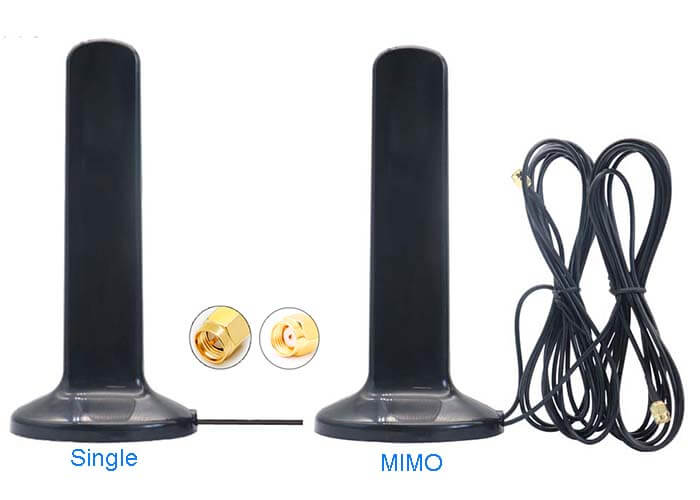
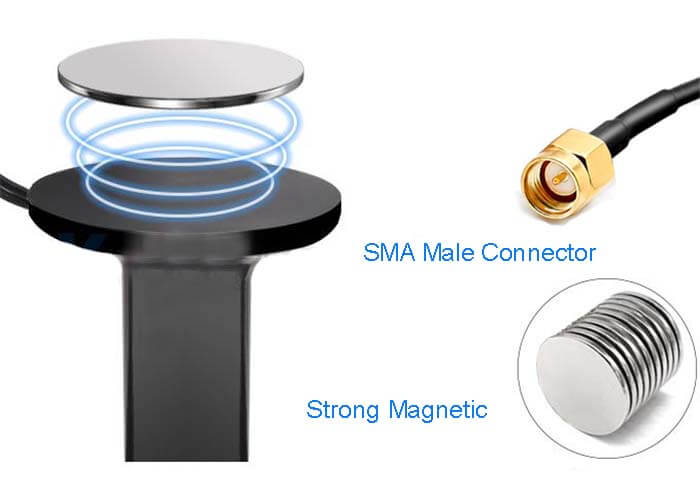
UMTS CBRS 4G LTE 5G Antenna MIMO Antenna Applications


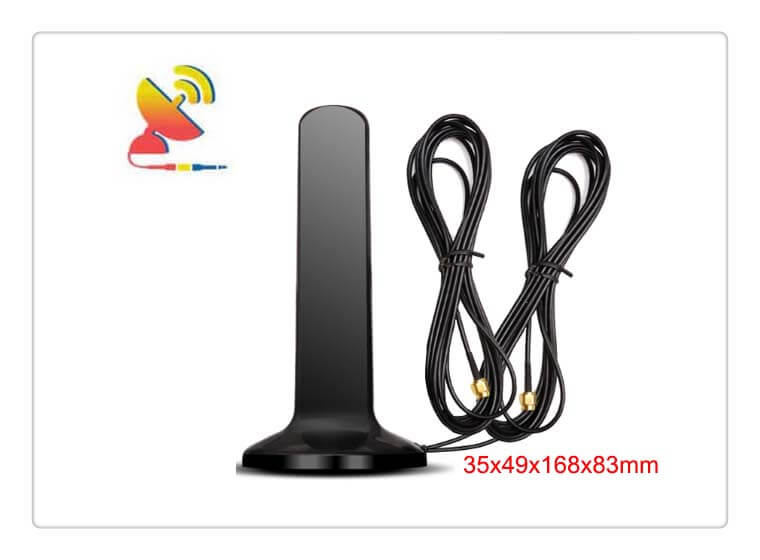
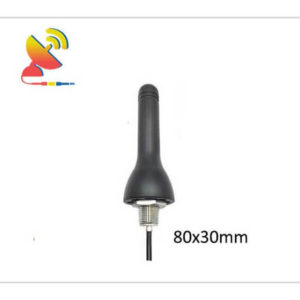
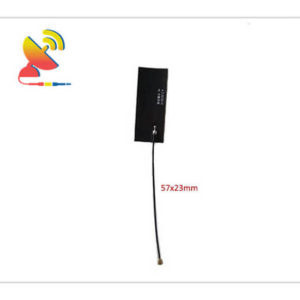
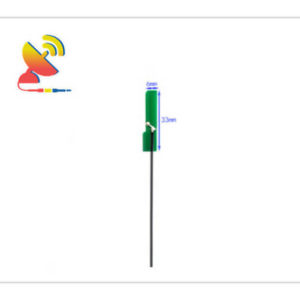
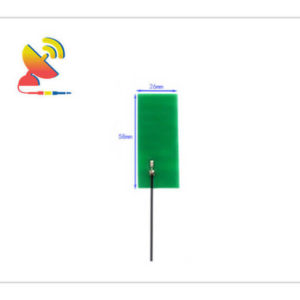
Reviews
There are no reviews yet.